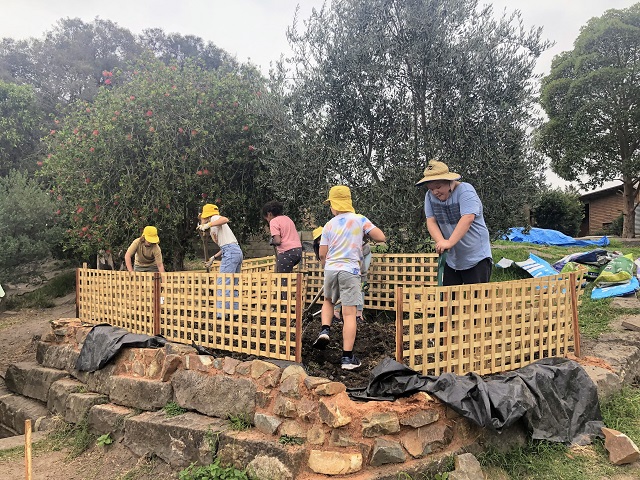Curriculum Themes for Class Four
In Class Four, the mid-way point of the class teacher years is reached. The transition from early childhood is complete; the transition towards puberty has not yet begun. This centre-point of the class teaching period coincides with the middle of the second seven-year period of life, and is referred to in Steiner Waldorf pedagogy as the ‘heart of childhood.’
At this stage, children exhibit an eagerness to look at and learn about the world. A start is made on natural science with a phenomenological study of the animal kingdom in relation to the human being. They also undertake a thorough study of the local surrounding and develop the process of map-making.
The aim of Class Four is first and foremost to channel positively the powerful energy which ten-year-olds bring to the classroom. Pupils need to be challenged and stretched in every possible aspect of their work. Teachers aim to meet, through imaginatively presented lessons, the growing interest of the children in more concrete areas of knowledge and to provide them with opportunities for more independence in their work.
Individually, the children are discovering new relationships with their work, with their peers and with teachers. The narrative content of the lessons aims to respond by offering stories in which a multiplicity of personalities contributes to the social whole (e.g. stories of the Norse Gods). Class Four children form a sense of where they are in relation to their environment, in both a social and geographical sense.
Possible Main Lessons in Class Four
Creative Writing – Norse Myths (English)
Four Processes – Consolidation (Mathematics)
History of Handwriting (English)
Comprehension – Norse Myths (English)
Measurement – Mass and Volume (Mathematics)
Local Aboriginal History (History)
Writing – Chapter Book (English)
Fractions (Mathematics)
Zoology (Science and Technology)
Long Division and Multiplication (Mathematics)
White Settlement of Australia (History)
Class Play (English, Creative Arts)

